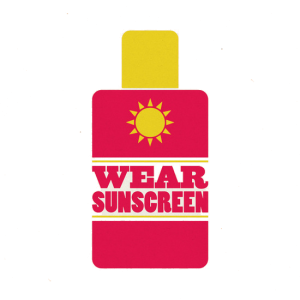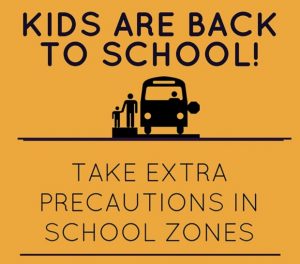
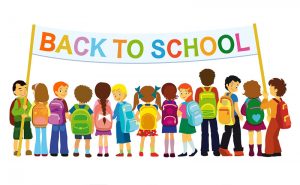 As you prepare to send your children back into the classroom, be sure to reinforce the everyday COVID-19 precautions that he or she will need to keep in mind, as well as what makes these precautions so effective.
As you prepare to send your children back into the classroom, be sure to reinforce the everyday COVID-19 precautions that he or she will need to keep in mind, as well as what makes these precautions so effective.
- Social Distancing reduces close contact between people, limiting his or her risk of getting sick via the infectious respiratory droplets a person with COVID-19 releases nearby while breathing, talking or coughing. You should also remind your kids not to share food, drinks, or anything, for that matter, with their friends. It’s just not safe.
- Wearing a mask helps contain any potentially infectious respiratory droplets that may be released while breathing, talking or coughing, especially when social distancing is more challenging and even if the person doesn’t yet know they’re sick.
- Washing you hands limits the risk of getting sick by touching contaminated surfaces and then spreading the virus to your eyes, nose or mouth if you touch your face.
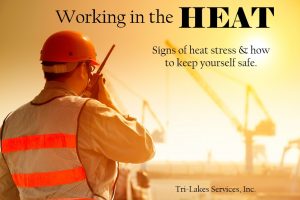
Call 911 if you suspect someone you know or yourself experiencing a heat stroke.
Signs of Heat Stress
If you are experiencing heat stress, you may feel:
- Increased irritability
- Loss of concentration
- Loss of ability to do skilled tasks or heavy work
Heat Exhaustion
Symptoms include:
- Nausea
- Headache
- Heavy sweating
- Dizziness
- Weakness
- Fatigue
Heat Stroke
Symptoms include:
- Nausea
- Dry skin
- Loss of consciousness
- Confusion
- Headache
- High body temperature
To keep yourself safe from heat stress:
Drink plenty of water, even if you don’t feel thirsty.
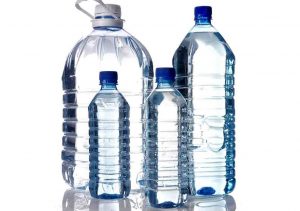
Wear cool clothing that is loose and lightweight.
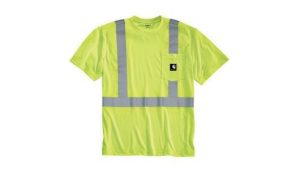
The most effective way to cool off is in air conditioning or by using a fan.
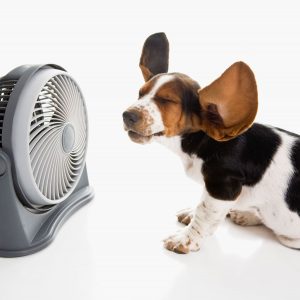
Replace lost salt from sweating by drinking sports drinks.
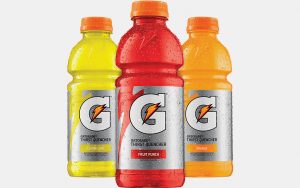
Take breaks to cool off, preferably in a cool or shaded area.

Wear sunscreen. Sunburns affect the body’s ability to cool itself.
